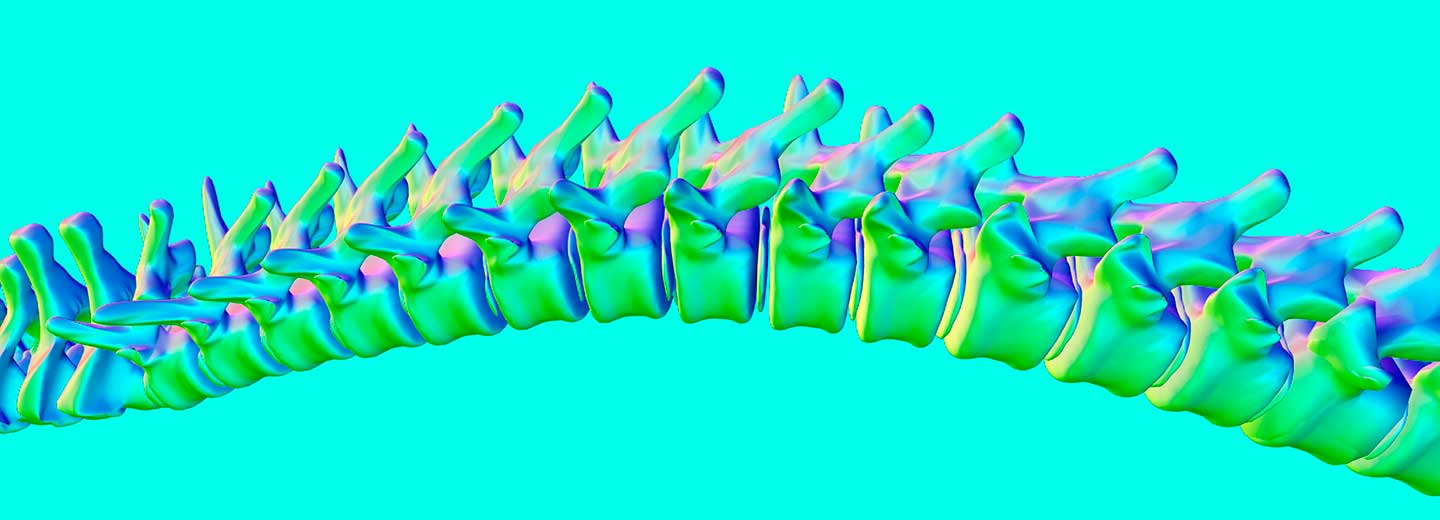
Vibrations can identify back injuries
Structural health monitoring (SHM) is an engineering technique used to identify mechanical abnormalities not readily apparent through other means.
Recently, SHM has been adapted for use in biological systems, but its invasive nature limits its clinical application. As such, the purpose of this project was to determine if a non-invasive form of SHM could identify structural alterations in the spines of living human subjects. Lumbar spines of 10 twin pairs were visualized by magnetic resonance imaging then assessed by a blinded radiologist to determine whether twin pairs were structurally concordant or discordant.
Vibration was then applied to each subject's spine and the resulting response recorded from sensors overlying lumbar spinous processes. The peak frequency, area under the curve and the root mean square were computed from the frequency response function of each sensor. Statistical analysis demonstrated that in twins whose structural appearance was discordant, peak frequency was significantly different between twin pairs while in concordant twins, no outcomes were significantly different.
From these results, we conclude that structural changes within the spine can alter its vibration response. As such, further investigation of SHM to identify spinal abnormalities in larger human populations is warranted.
- o -
Structural health monitoring (vibration) as a tool for identifying structural alterations of the lumbar spine: a twin control study.
Kawchuk GN, Hartvigsen J, Edgecombe T, Prasad N, van Dieen JH.
Scientific Reports. 2016 Mar 11;6:22974. Pubmed abstract